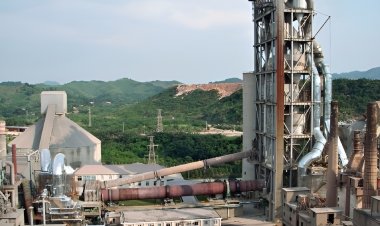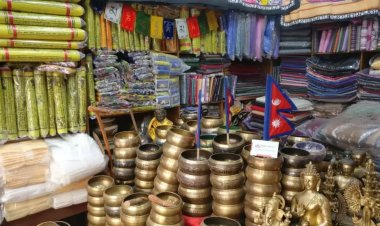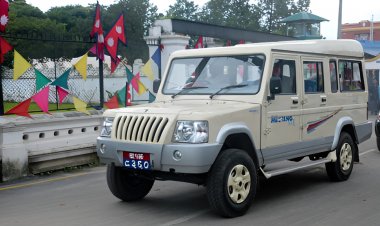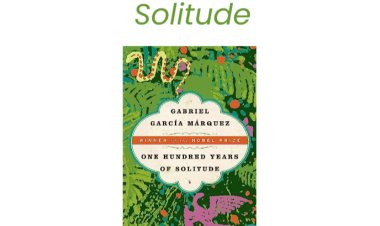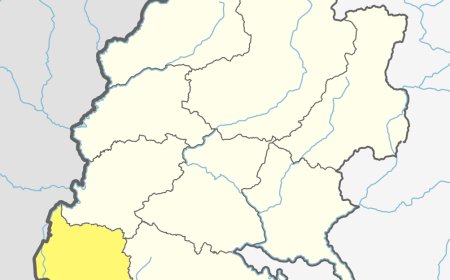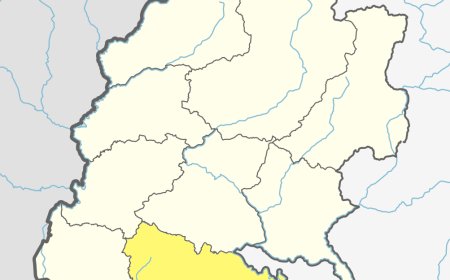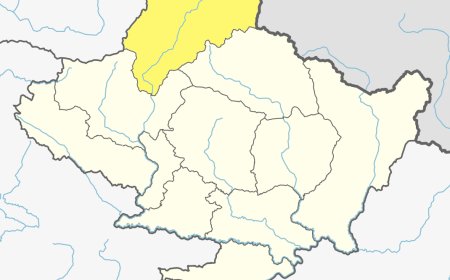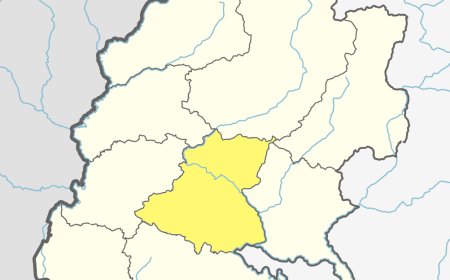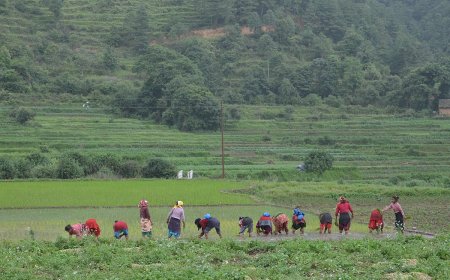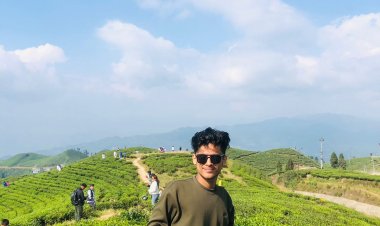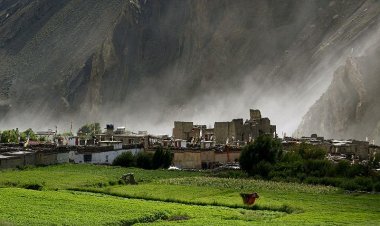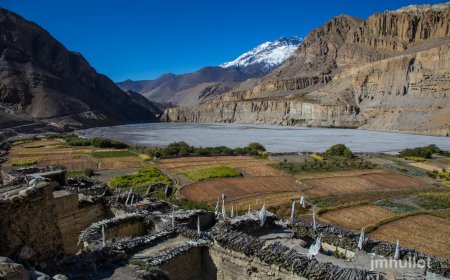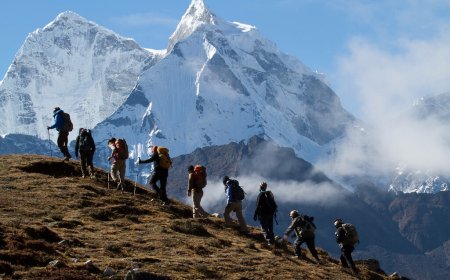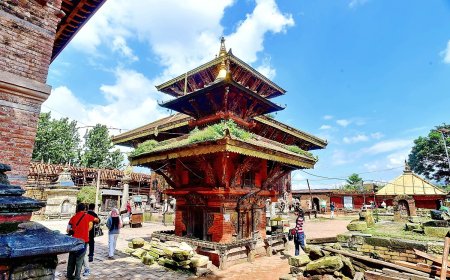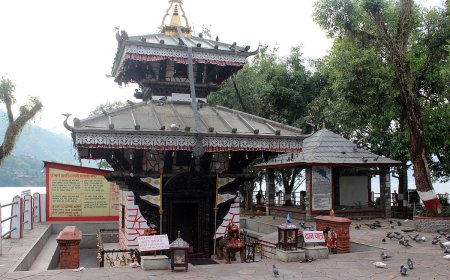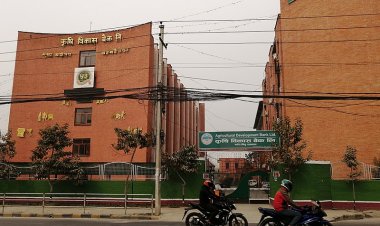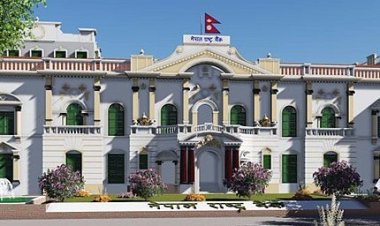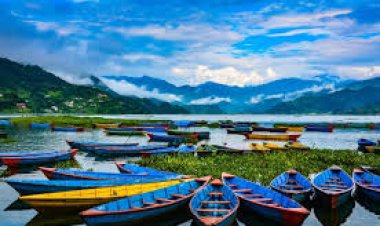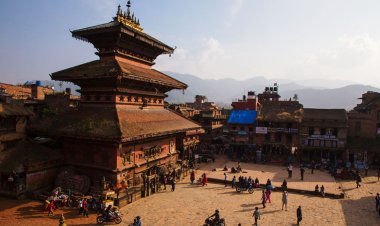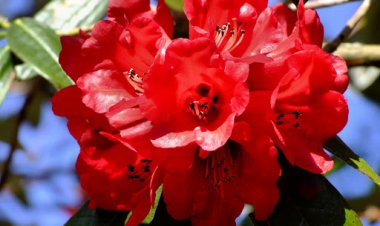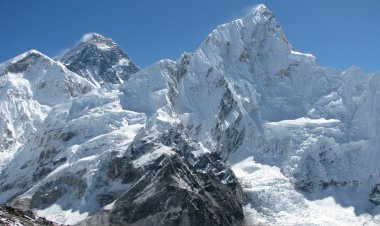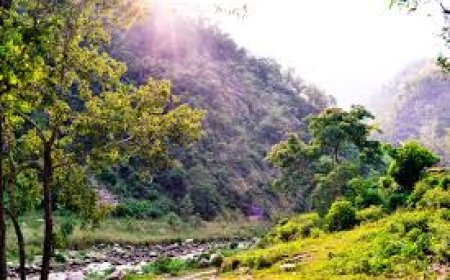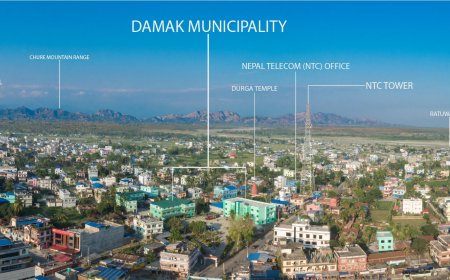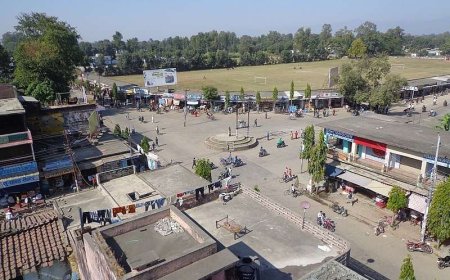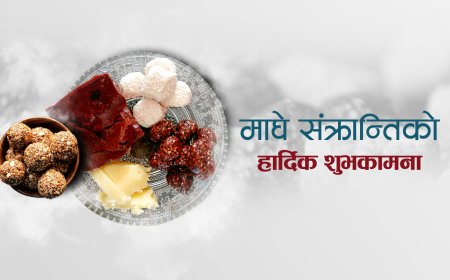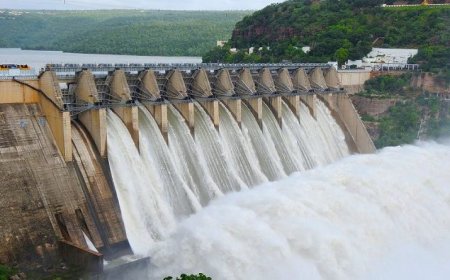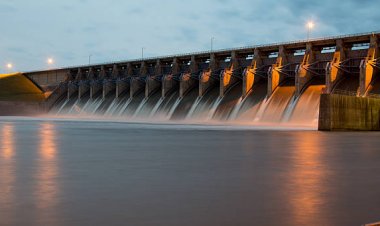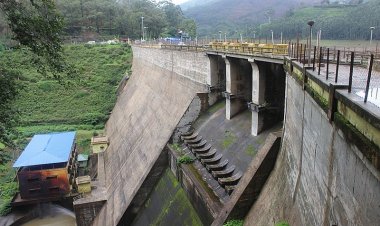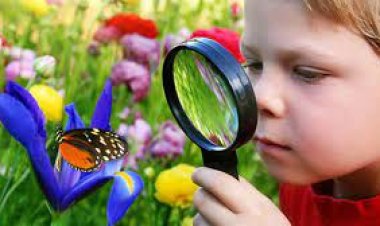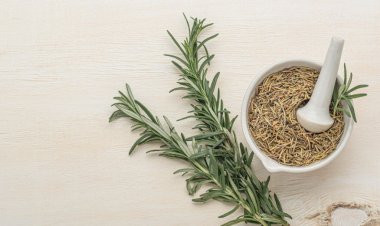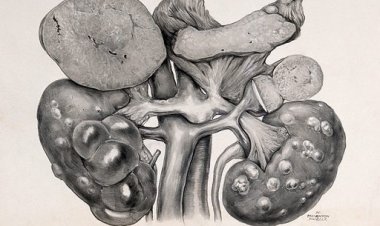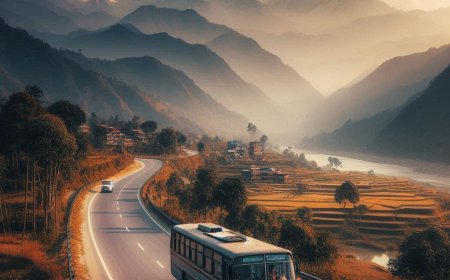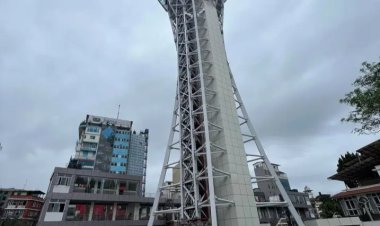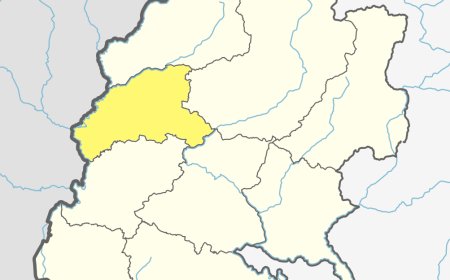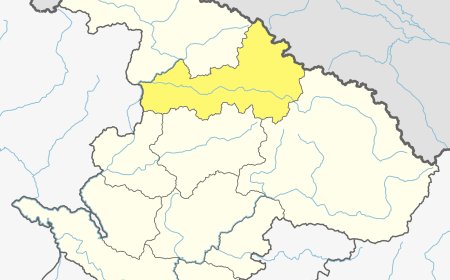Kailali: A Perfect Blend of Culture, Nature, and Modernity
Let’s explore Kailali district’s rich Tharu culture, wildlife reserves, and urban hubs, offering a mix of tradition and modernity in Sudurpaschim Province.
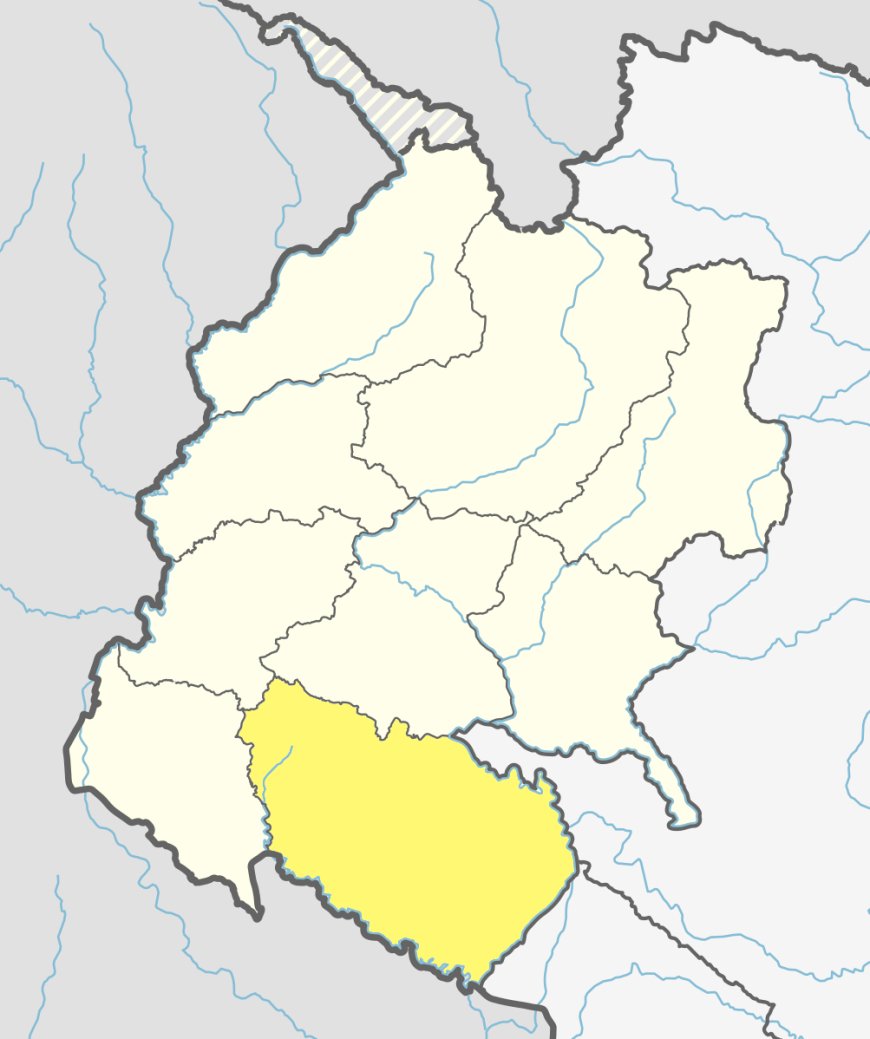
Introduction

Kailali is a vibrant district located in the southwestern region of Nepal, renowned for its rich cultural heritage, natural beauty, and significant economic contributions. Located in the Sudurpashchim Province, this district serves as a gateway to the plains of the Terai and the picturesque hills, offering a perfect blend of beautiful landscapes and cultural diversity. With Dhangadhi as its administrative headquarters, this district has become an emerging center for trade, tourism, and agriculture. Whether you are an adventure enthusiast, nature lover, or cultural explorer, this district provides a unique and unforgettable experience.
Geographical Overview
Covering an area of 3,235 square kilometers, this district has diverse geographical features ranging from fertile plains to undulating hills. Its elevation varies between 109 meters to 1,952 meters above sea level, making it an ecologically rich district.
The district experiences a subtropical climate, characterized by hot summers and mild winters, which supports a variety of flora and fauna. This district is traversed by several rivers, including the Karnali, Mohana, and Patharaiya, which not only enhance its beauty but also play a vital role in agriculture and hydropower development.
Table: Geographical Features
|
Feature |
Data |
|
Total Area (sq. km) |
3,235 |
|
Altitude Range (m) |
109–1,952 |
|
Major Rivers |
Karnali, Mohana, Patharaiya |
|
Climatic Conditions |
Subtropical |
Demographics
This district is home to a population of approximately 800,000 people, representing various ethnicities and cultures. The Tharu community is the largest ethnic group, followed by Brahmin, Chhetri, and Dalit communities. Nepali is the most widely spoken language, while the Tharu language and other local dialects also contribute to the district’s linguistic richness. Traditional festivals, rituals, and dances showcase the cultural vibrancy of this district’s diverse population.
Table: Ethnic Composition
|
Ethnic Group |
Percentage (%) |
|
Tharu |
52% |
|
Brahmin |
20% |
|
Chhetri |
15% |
|
Dalit |
13% |
Cultural and Historical Significance
This district has a rich cultural and historical heritage deeply rooted in its traditions. The Tharu community celebrates major festivals such as Maghi, which marks the beginning of the Tharu New Year, with colorful dances and traditional feasts. Similarly, Dashain and Tihar are widely celebrated by the Brahmin and Chhetri communities.
One of the key religious landmarks in this district is the Godawari Dham, a sacred site for Hindus that attracts thousands of pilgrims annually. The district is also known for its traditional Tharu homes and lifestyles, providing a glimpse into a community that has preserved its heritage over centuries.
Table: Key Festivals
|
Festival |
Month |
Significance |
|
Maghi |
January |
Tharu New Year, celebrating harvest and renewal |
|
Dashain |
October |
Hindu festival symbolizing victory |
|
Tihar |
November |
Festival of lights |
Major Attractions and Activities
This district’s natural beauty and cultural heritage make it an attractive destination for tourists. The Tikapur Park, a sprawling riverside park on the banks of the Karnali River, is a popular spot for picnics and nature walks. Another significant attraction is the Ghodaghodi Lake, a Ramsar-listed wetland that hosts diverse bird species and offers serene landscapes.
For adventure enthusiasts, the Karnali River offers opportunities for white-water rafting and kayaking. Visitors can also explore traditional Tharu villages to experience the unique culture, food, and hospitality of this indigenous community.
Table: Major Attractions
|
Attraction |
Location |
Highlight |
|
Tikapur Park |
Tikapur |
Riverside park and picnic spot |
|
Ghodaghodi Lake |
Western Part |
Ramsar site with diverse birdlife |
|
Godawari Dham |
Godawari Municipality |
Sacred Hindu pilgrimage site |
|
Karnali River |
Across the district |
White-water rafting and scenic views |
Economic Overview
Agriculture is the backbone of this district’s economy, with crops such as rice, wheat, and sugarcane dominating local farming. The district is also a major producer of mangoes and other tropical fruits. In recent years, the tourism sector has gained momentum, fueled by attractions like Ghodaghodi Lake and Tikapur Park.
Traditional crafts, including Tharu basket weaving and wood carving, contribute to the local economy while preserving cultural heritage. With its strategic location near the Indian border, this district also thrives as a trade center, facilitating cross-border commerce.
Table: Economic Highlights
|
Sector |
Contribution |
|
Agriculture |
Rice, wheat, sugarcane, and mango production |
|
Tourism |
Ghodaghodi Lake, Tikapur Park |
|
Traditional Crafts |
Tharu basket weaving, wood carving |
Conclusion
Kailali is a district that harmoniously blends natural charm, cultural richness, and economic opportunities. From the peaceful Ghodaghodi Lake to the sacred Godawari Dham and the vibrant Tharu festivals, this district offers something for everyone. Its lush landscapes, warm hospitality, and unique traditions make it a must-visit destination for travelers seeking an authentic experience. Whether you’re exploring its natural wonders, immersing yourself in its culture, or enjoying its local delicacies, this district promises to leave a lasting impression on every visitor.
Frequently Asked Questions (FAQs)
-
Where is Kailali located?
Kailali is situated in the southwestern part of Nepal, in the Sudurpashchim Province.
-
What is Kailali best known for?
Kailali is famous for Ghodaghodi Lake, Tikapur Park, and the vibrant Tharu culture.
-
Which rivers flow through Kailali?
The Karnali, Mohana, and Patharaiya rivers flow through Kailali.
-
What is the dominant ethnic group in Kailali?
The Tharu community forms the largest ethnic group in Kailali.
-
What are the major crops grown in Kailali?
Rice, wheat, sugarcane, and mangoes are the primary crops in Kailali.
-
What is the best time to visit Kailali?
The best time to visit Kailali is during the spring (March to May) and autumn (September to November).
-
What cultural festival is celebrated by the Tharu community?
The Tharu community celebrates Maghi, marking their New Year.
-
What is the significance of Godawari Dham?
Godawari Dham is a sacred Hindu site attracting thousands of pilgrims annually.
-
What makes Ghodaghodi Lake special?
Ghodaghodi Lake is a Ramsar site known for its biodiversity and scenic beauty.
What's Your Reaction?































